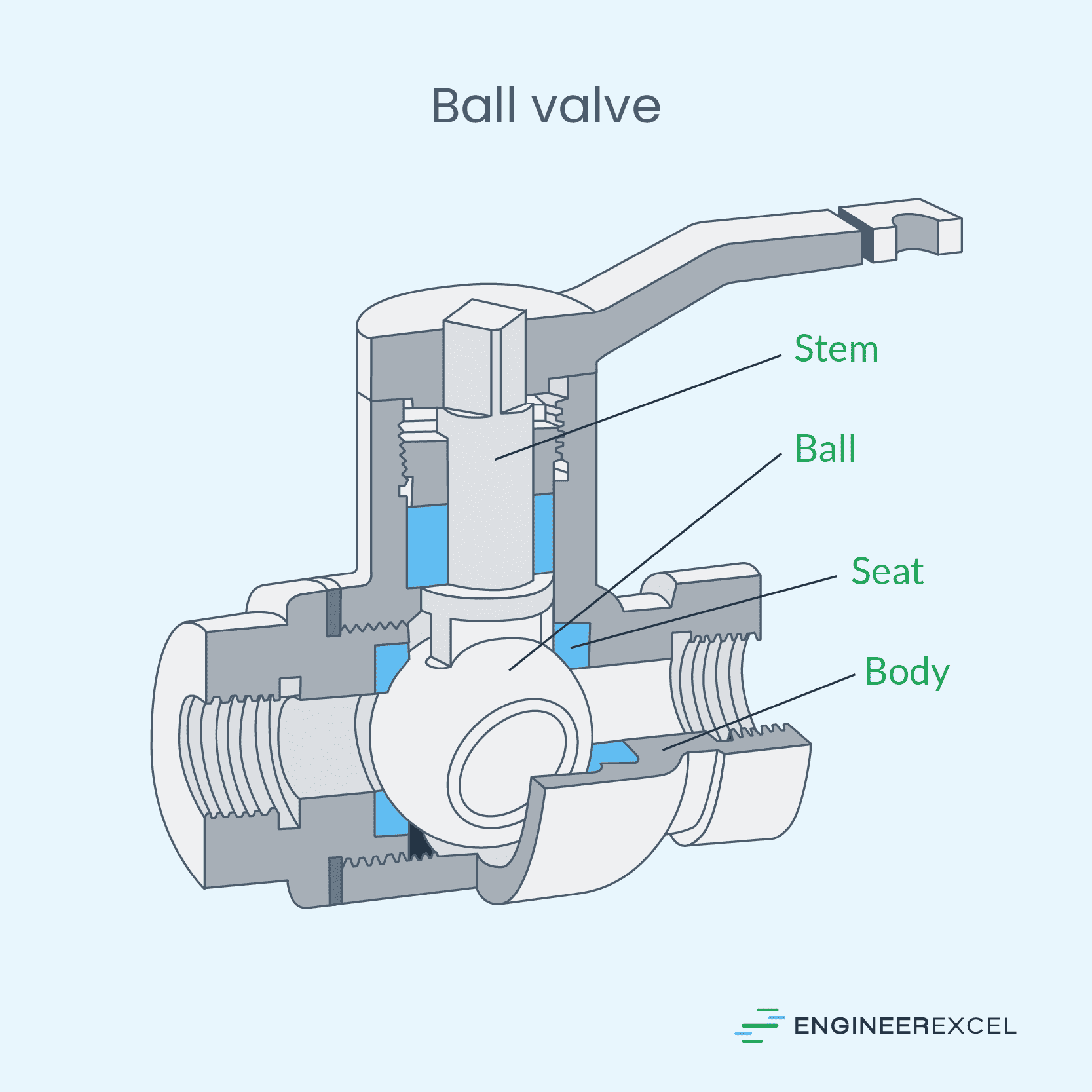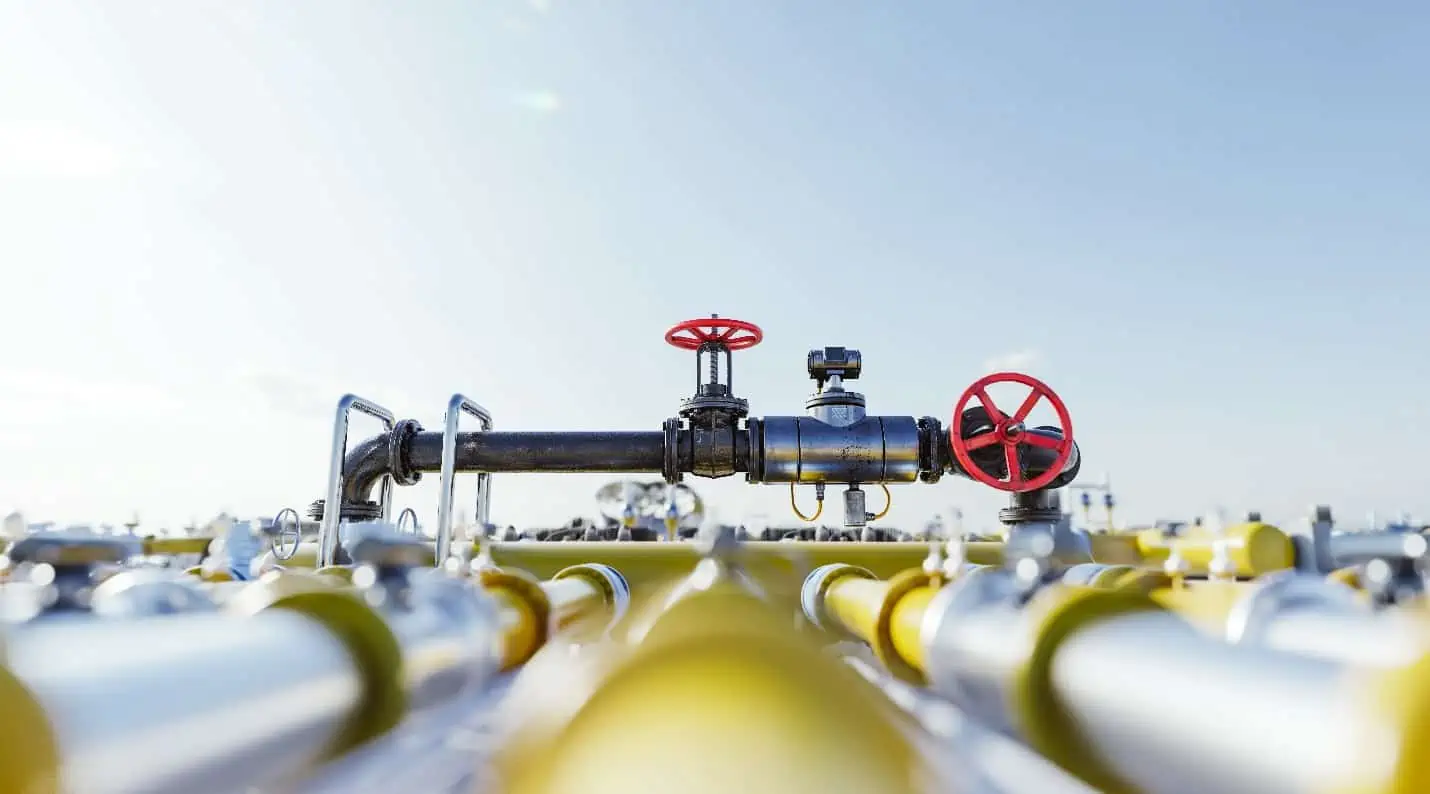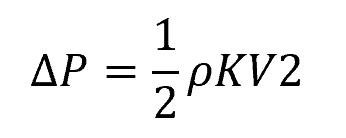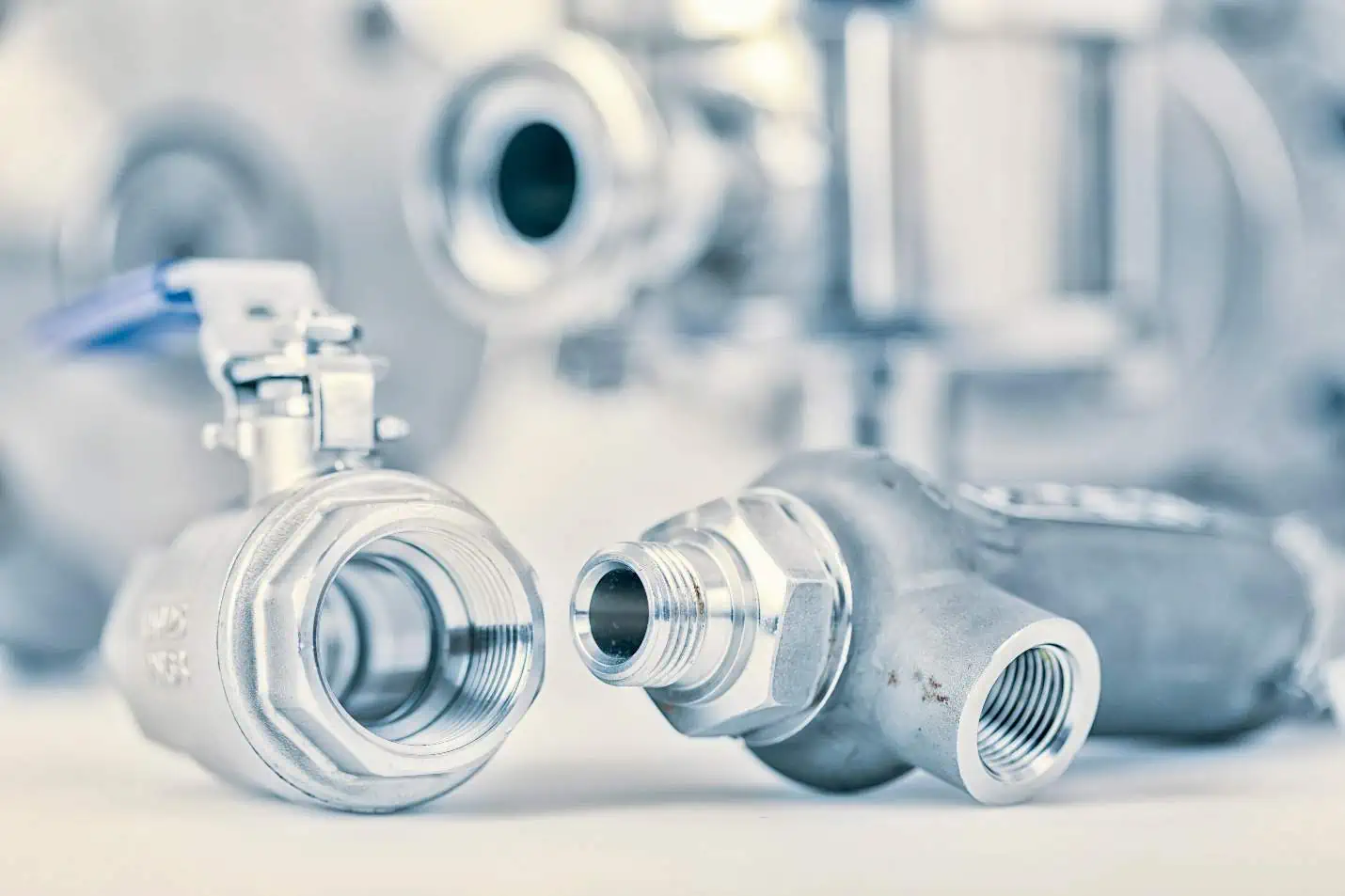Piping systems normally incur minor losses due to the presence of valves and fittings. For each type of valve, the minor loss can be quantified using a dimensionless parameter called the loss coefficient.

In this article, the focus is on the loss coefficient of ball valves— a type of valve that uses a hollow, perforated ball to control flow. Loss coefficients of ball valves can range from about 0.9 to almost 2.0.
What Are Ball Valves
A ball valve is a flow control device that features a spherical-shaped component, known as the ball, which has a hole through its center. Turning the valve handle causes the ball to rotate, aligning or misaligning the hole with the flow path.
When fully open, the hole aligns with the flow, causing minimal obstruction and low head loss. Conversely, when closed, the ball obstructs or stops the flow, causing maximum head loss.

Elevate Your Engineering With Excel
Advance in Excel with engineering-focused training that equips you with the skills to streamline projects and accelerate your career.

Ball valves offer reliable sealing and can be found in various types, including single-piece, two-piece, and three-piece designs. They are widely used in industries like oil and gas, chemical, and water treatment, due to their robustness, easy operation, low maintenance requirements, and excellent sealing properties.
However, they are not typically used for throttling applications due to the valve’s nonlinear flow characteristics and flow control limitations at partial openings. In such scenarios, alternative valve types, such as gate or butterfly valves, may be more appropriate.
Loss Coefficient of Ball Valves
Just like any other type of valve, ball valves introduce pressure losses when installed in a piping system. These are referred to as minor losses. When designing piping systems, it is essential to account for these minor losses, alongside major losses like pipe friction, as they directly affect various operational parameters like pressure, flow rate, fluid velocity, power consumption, and overall efficiency of the system.

In fluid dynamics, the minor loss caused by a valve is quantified using the loss coefficient. The loss coefficient (denoted as K) is a dimensionless parameter that quantifies the amount of energy loss experienced by a fluid as it passes through a pipe fitting, valve, or other obstruction.
If the loss coefficient of a particular ball valve is known, the minor loss across the valve can be calculated using the following formula:

Where:
- ΔP = minor loss [Pa]
- K = loss coefficient [unitless]
- ρ = fluid density [kg/m3]
- V = fluid velocity [m/s]
In a study by Ng (2022), it was found that the experimental loss coefficient of a ball valve is approximately equal to 0.93 at 90-degree opening angle, and 1.97 at 75-degree opening angle. In the same study, using Computational Fluid Dynamics, the loss coefficient of the ball valve was computed to be equal to 1.25 at 90-degree opening angle, and 1.82 at 75-degree opening angle.
Factors Influencing the Ball Valve Loss Coefficient
Although there are published loss coefficient values for ball valves, it is important to note that their actual values are dependent on several factors, such as valve design and fluid properties. For accurate calculations, it is recommended to refer to manufacturer’s data. Alternatively, you can obtain loss coefficient values using experimental or analytical methods.
Valve Design
The geometry of a ball valve significantly impacts the minor loss coefficient. Factors, such as the port size, the valve body shape, and the ball design, can influence the flow patterns and pressure drop. For example, a full port valve with a larger flow path will have a lower coefficient compared to a standard port valve.

The angle required to open or close the valve can also affect the minor loss coefficient. A higher angle typically creates more resistance to fluid flow, resulting in a higher coefficient. To optimize efficiency, select a valve design that minimizes flow obstructions and pressure drop.
Fluid Properties
The properties of the fluid passing through a ball valve, including viscosity, density, and flow rate, have an impact on the minor loss coefficient. Fluids with high viscosity, such as oils, create greater resistance to flow and increased pressure drop. On the other hand, low viscosity fluids, like water, generate less resistance and result in a lower coefficient.
Additionally, fluid velocity plays a role in determining the minor loss coefficient. A higher velocity often leads to a more significant pressure drop across the valve. To ensure accurate coefficient estimations, consider the fluid properties and operating conditions when selecting a ball valve design.
